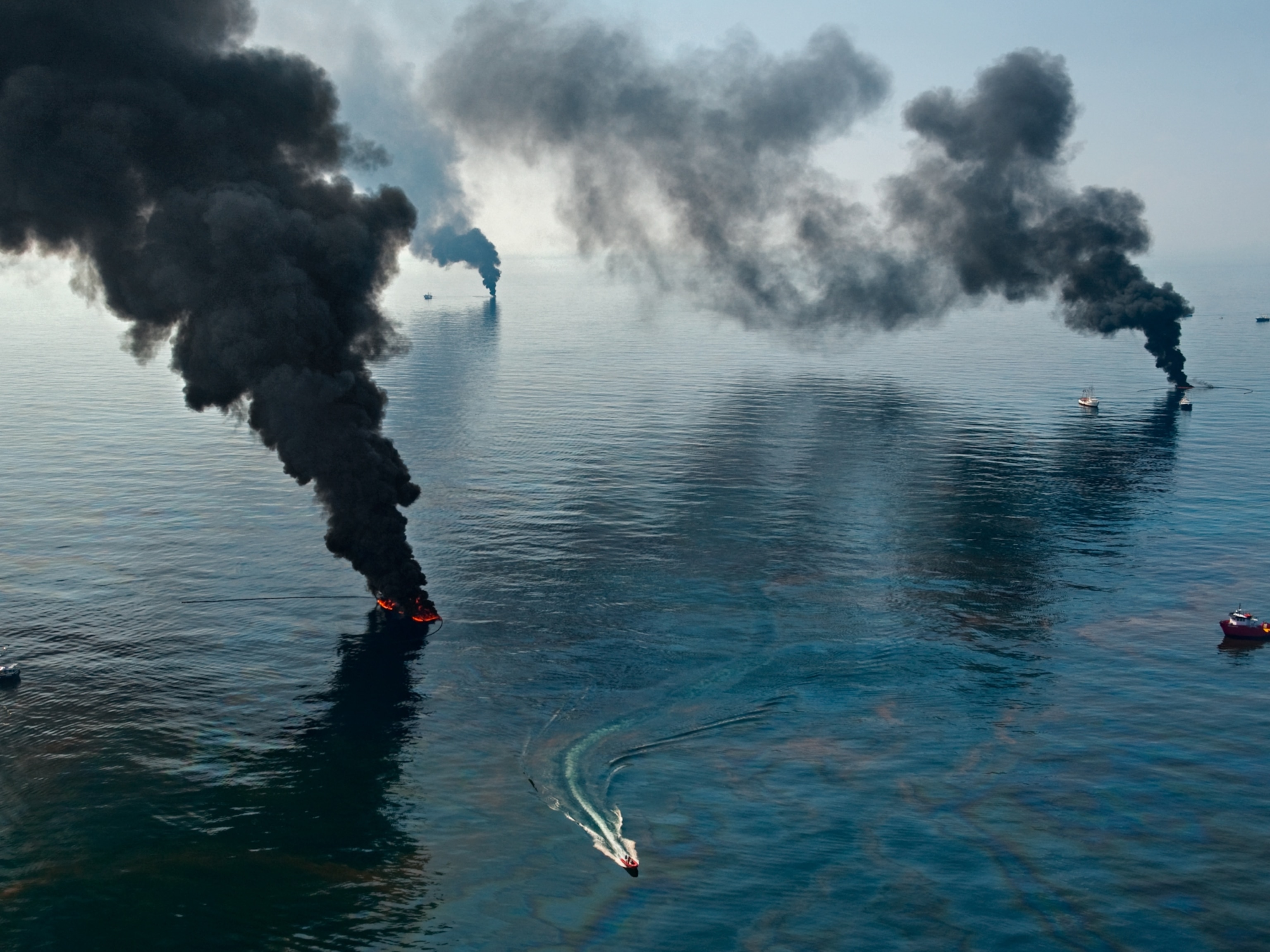Shocking Video Shows Impacts of Controversial Fishing Method
Conservation groups have released footage of sharks, dolphins, and other animals accidentally caught in California's driftnet fishery.
Several conservation groups—Sea Legacy, Turtle Island Restoration Network, Sharkwater, and Mercy for Animals—recently released a video clip (above) showing the impact fishing drift nets can have on marine life.
Officially labeled drift gillnets, the large nets are used by industrial fishing operations in some parts of the world. In the U.S., they are only used in the California driftnet fishery, which stretches from Los Angeles to the northern tip of the state.
Drift nets hang like walls in the ocean. They're made of a patchwork of fishing line that extends as much as 100 feet deep and a mile long. They tend to kill indiscriminately, meaning they can catch and entrap whatever tries to pass through. The result is often high amounts of bycatch, or sea creatures caught by fishers unintentionally.
The California driftnet fishery targets swordfish and common thresher shark. But many other species are being impacted, conservationists say.
A 2016 report by the Turtle Island Restoration Network looked at bycatch from the fishery for the decade prior. They found that 22 critically endangered turtles, 900 marine mammals (like dolphins and whales), and 26,000 sharks were killed as a byproduct of deploying drift nets.
According to Cassie Burdyshaw from the Turtle Island Restoration Network, 60 percent of the fishery's total haul is discarded as unwanted.
“It's really disappointing that we can know how harmful something is and turn the other way,” she adds.
The Faces of Bycatch
Sea Legacy co-founder Paul Nicklen is not content using facts and figures to illustrate a story. As a biologist-turned-photographer, Nicklen has been a frequent contributor to National Geographic, traveling the world to photograph wildlife.
When an ocean sunfish or mola, a large fish that resembles a plate, was caught in a drift net earlier this year, Nicklen was there with Brock Cahill from Sharkwater to photograph it.
“I've seen the good and the bad in the world, and this was one of the hardest things I've had to witness,” says Nicklen. “This makes no sense at all.”
His photos show the mola rendered immobile. And while the fish isn't known for being the most nimble swimmer, the nets have captured more agile sea creatures, most of which die or become severely injured.
The full video released by the four organizations shows “undercover” footage obtained by Mercy for Animals. They declined to divulge many details on how they obtained it. But they said they went undercover from December 2016 to December 2017, on two different ships owned by two different companies that fish in waters off the coast of Santa Barbara.
“Consumers have a right to know how the fish [we eat] are treated,” says Lindsay Wolfe, a representative from Mercy for Animals. “[The video] is about helping get the information out.”
Previously, the organization has taken covert video from inside factory farms to expose what they say are inhumane treatment of animals.
The new video shows dolphins, sea birds, sharks, and stingrays all brought aboard fishing boats after getting tangled in gear.
The group's dramatic video is punctuated by the image of a seal caught in a drift net. Nicklen says this photo was taken by an underwater photographer in 1983. It was included in the video compilation because it underscores how long drift nets have been harmful for protected marine species, he says.
California Showdown
In response to inquiries, the National Marine Fisheries Service Office of Law Enforcement said they were aware of the footage and are conducting an investigation. No additional comment was given. National Geographic reached out to the California Fisheries and Seafood Institute, a trade group, but they declined to comment.
The video was not released in a political vacuum. Turtle Island Restoration Network, which often works on environmental policy, hopes the video will persuade California constituents to support recently proposed Senate Bill (SB) 1017. That would require more observers to be aboard industrial fishing vessels.
Observers look for legal compliance and log bycatch. According to NOAA's own records, observers are able to log only an estimated 20 percent of bycatch in the fishery, because they can't be on all boats at all times. Because they fall under NOAA, observers are funded by the federal government.
Fishing with driftnets is not permitted by Oregon or Washington and is banned on the high seas by the United Nations. California is the last remaining state to allow the fishing practice.
Conservationists counter that the nets could have serious longterm consequences on the health of California's marine ecosystems.
As for Nicklen, he hopes his photos will speak for themselves: “Let the world decide if they find it acceptable or not.”


































